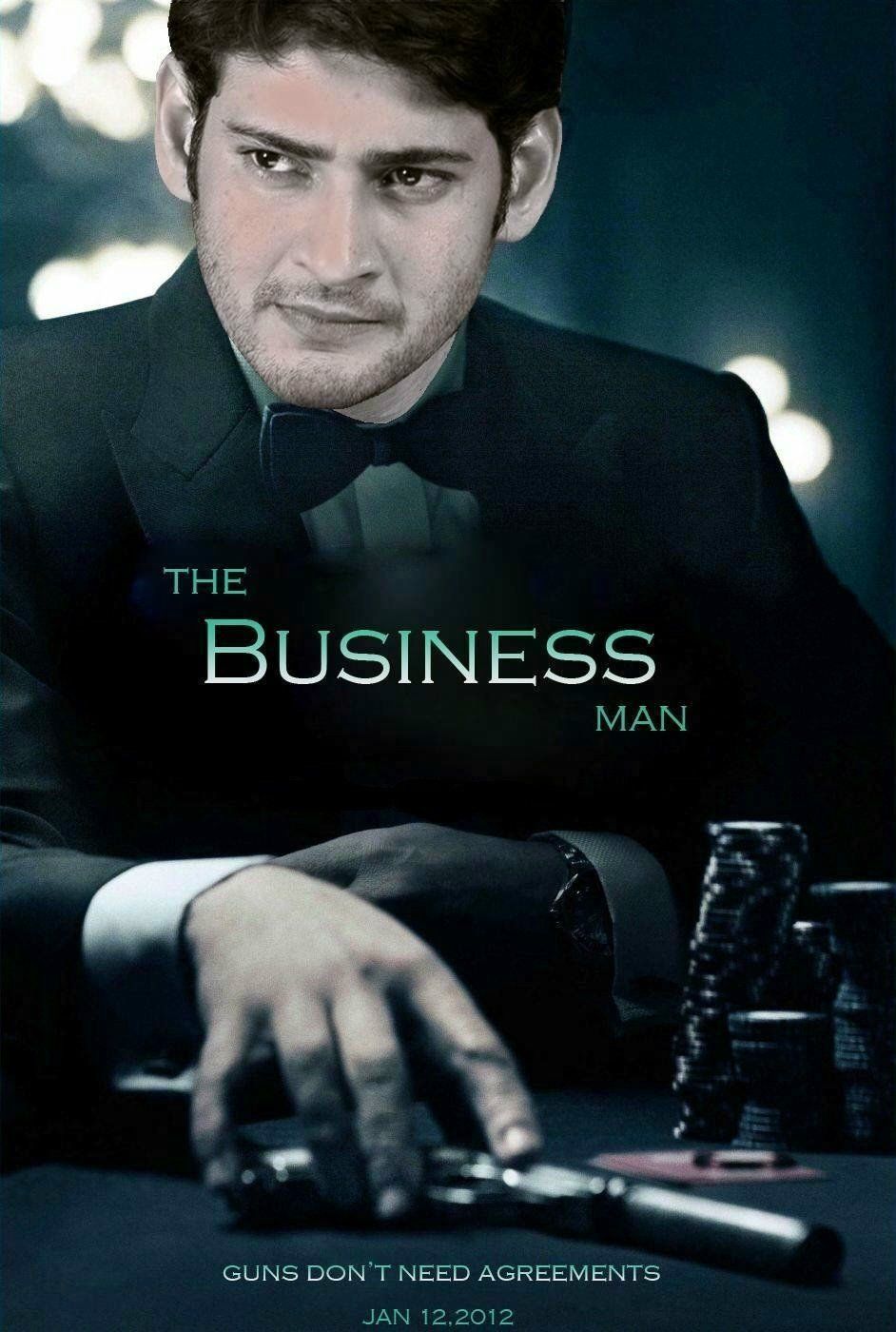The paddle scrapes the ball just so, a whisper of rubber against plastic, then the distinct “thwack” that signals maximum sidespin. You watch it arc, dipping low over the net, kissing the sideline-a truly beautiful pendulum serve. Your signature, the one you’ve drilled a solid 22 thousand times. You straighten, ready for the praise, for the confused flick, for anything but what actually happens.
Your opponent, without a second’s hesitation, steps around, a casual arc of the arm, and boom. The ball rockets back, not just over the net, but wide to your forehand, forcing you into a desperate, off-balance lunge. You barely get your paddle on it, sending a weak defensive block limping back across. The rally, if you can even call it that, is over before it truly began. That “killer” serve, the one you poured 22 gallons of sweat into perfecting, just handed your opponent an open invitation to attack, an easy setup for their favorite shot.
This isn’t about blaming the serve itself, or your technique. That pendulum serve is impressive. It looks deadly, it feels powerful, and it certainly has enough spin to make someone unfamiliar with it look silly. But herein lies the paradox, the deeply frustrating contradiction many players face: what feels like a devastating weapon in your hand can often be precisely what your opponent is hoping for.









































/businesswoman-gesturing-and-talking-in-meeting-610068259-59a35b46d088c0001125c7dd.jpg)









